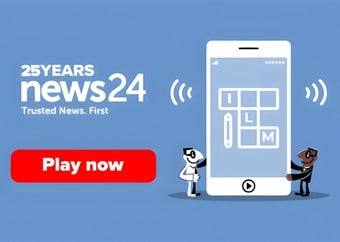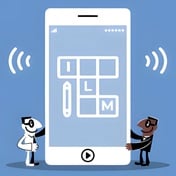The use of stimulant medications such as Ritalin or Adderall in children with attention-deficit/hyperactivity disorder (ADHD) is continuing to climb, although at a slower pace than in past decades, a new study finds.
The study's authors tracked US prescription data from 1996 to 2008. They found the use of ADHD drugs was the highest among kids aged 6 to 12, rising slightly from 4.2% in 1996 to 5.1% 12 years later.
The most pronounced rise was in older children aged 13 to 18, however. In that group, use of ADHD drugs more than doubled – from 2.3% in 1996 to 4.9% in 2008. Researchers said that reflects a greater understanding that kids often don't grow out of ADHD and that symptoms can persist through adolescence and even adulthood.
Overall, about 2.8 million children received a prescription for an ADHD medication in 2008, according to the study.
"This study documents that the use of stimulants has been increasing gradually, but not as much as it increased between 1987 and 1996," when prescriptions jumped by an average of 17% annually, noted study co-author Dr Benedetto Vitiello, a psychiatrist and researcher at the US National Institute of Mental Health.
"Much of the increase is due to the fact that more adolescents are taking the drug than before."
Despite worries about "overmedicated" children, the rate of use of ADHD drugs in preschoolers aged 5 and younger actually fell during the study period, from about 3 in 1,000 in 1996 to 1 in 1,000 in 2008, the findings revealed.
Increased medication in kids
"There was a lot of concern about increasing use of this medication in very young children, but it doesn't seem to be supported by the data, and in any case is very, very low," Vitiello said.
Dr Andrew Adesman is an ADHD expert and chief of developmental and behavioural paediatrics at Steven and Alexandra Cohen Children's Medical Center in New Hyde Park, NY He believes that "paediatricians have been appropriately reluctant to prescribe medications for very young children." Adesman was not involved in the research.
The study, conducted by the US National Institutes of Health and the Agency for Healthcare Research and Quality, is published in the Sept. 28 online edition of the American Journal of Psychiatry.
More than 5 million US children, or 9.5%, have been diagnosed with ADHD as of 2007, according to the US Centers for Disease Control and Prevention.
Kids with the condition may act more impulsively, and have difficulty paying attention and controlling their behaviour. Some also have hyperactivity, all of which can raise the risk for injuries and difficulties in school.
ADHD is frequently treated with stimulant drugs such as methylphenidate (best known as Ritalin), and amphetamines (such as Adderall), among other medications.
New study
During the latter part of the last century, stimulant prescription use among kids rose from 0.6% of youth in 1987 to 2.7% in 1997, according to background information in the study.
The rapid rise came on the heels of the inclusion, for the first time, of attention-deficit disorder, with or without hyperactivity, as a distinct problem of childhood in the third edition of the Diagnostic and Statistical Manual of Mental Disorders (DSM), published in 1980 by the American Psychiatric Association.
Prior to that, only hyperactivity disorder was included. And though many kids with attention-deficit disorder have trouble with restlessness, not all have severe enough hyperactivity that it would be brought to the attention of health professionals, experts explained.
In the new study, Vitiello and co-author Samuel H. Zuvekas analyzed data from the AHRQ-sponsored Medical Expenditure Panel Survey, a nationally representative annual survey of US households. Among other things, the questionnaire asked parents about ADHD diagnoses and prescriptions taken by their children.
Boys were three times more likely than girls to be prescribed ADHD medications, which fit with other statistics that show more boys, are diagnosed than girls, Vitiello said.
Use among white children (4.4%) was higher than among black (2.9%) or Hispanic children (2.1%).
ADHD doesn't disappear with puberty
The ADHD medication use rate was highest in kids aged 6 to 12. That makes sense, researchers said, because often ADHD symptoms become problematic when children enter school and struggle to stay focused.
The increase among adolescents may be among children who had ADHD but were able to get by through elementary school, but then struggled in higher grades, Vitiello suggested.
"There is more recognition that the disorder does not disappear with puberty," he said. "In adolescents, the symptoms become more evident because the academic demands increase.
The tasks they have to do in school become more complex. Even though they were able to get by in elementary school and middle school, in high school they become more impaired because their attention is not what it should be."
The rate of ADHD prescriptions was significantly lower in the West than in other parts of the nation. Researchers aren't sure why.
Two possible reasons could include more parents being reluctant to medicate their children, or school systems that handle kids with ADHD differently, Vitiello noted.
Experts estimate that about 60% of children with ADHD are treated with medication, Vitiello said, probably those with the most severe symptoms.
(HealthDay, Jenifer Goodwin, September 2011)
Copyright © 2011 HealthDay. All rights reserved.




 Publications
Publications
 Partners
Partners















